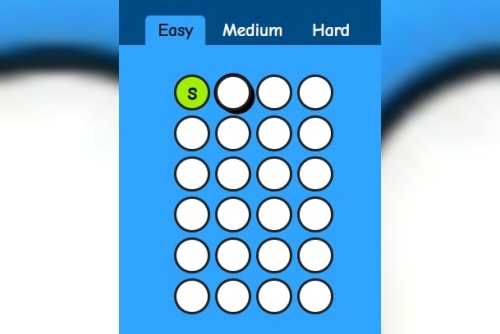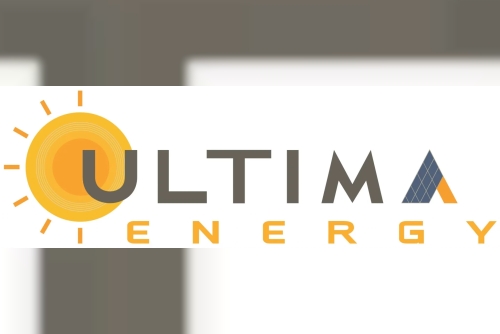Living with a chronic illness or recovering from an injury can be challenging, especially when medical treatment requires frequent trips to the hospital. However, with the advancement of medical technology, there are now many medical devices available for home use that can help manage symptoms and provide relief without having to leave the comfort of your own home.
In this article, we'll explore some of the most common medical devices that can be used at home, as well as how to use them effectively.
Blood Pressure Monitor: A blood pressure monitor is a device used to measure blood pressure. It's important for people with high blood pressure to keep track of their numbers, and a home blood pressure monitor can make that easy. To use a blood pressure monitor, simply place the cuff around your arm and press the start button. The monitor will inflate the cuff and then slowly release the pressure while measuring your blood pressure.
TENS Unit: A TENS machine is a small, battery-operated device that can be used to alleviate pain by sending electrical impulses through the skin to stimulate the nerves. TENS machine pads are adhesive electrodes that are placed on the skin and connected to the TENS machine to deliver the electrical impulses. These pads come in a variety of shapes and sizes to fit different areas of the body and can be reusable or disposable depending on the type.
Oxygen Concentrator: An oxygen concentrator is a device that extracts oxygen from the air and delivers it to the user through a nasal cannula or mask. This device is commonly used by people with lung diseases such as COPD and emphysema. To use an oxygen concentrator, simply plug it in and adjust the flow rate according to your doctor's instructions.
Nebuliser: A nebuliser machine is a device that delivers medication in the form of a mist that can be inhaled into the lungs. This device is commonly used to treat respiratory conditions such as asthma and COPD. To use a nebuliser, fill the medication cup with the prescribed medication and attach it to the nebuliser. Then, place the mouthpiece in your mouth and inhale the medication mist.
Suction Machine: A medical suction machine is a device used to remove fluids and secretions from the airways, mouth, and nose. It can be particularly useful for people with conditions such as cystic fibrosis, pneumonia, and COPD. Some suction machines are designed for home use, allowing individuals to manage their symptoms and maintain their airway clearance in the comfort of their own home with proper training and guidance from a healthcare provider.
Heating Pad: A heating pad is a device that provides heat therapy to the body, which can help reduce pain and stiffness. This device is commonly used to treat conditions such as back pain and arthritis. To use a heating pad, simply plug it in and place it on the affected area of your body.
Oxygen Monitor: A medical oxygen monitor is a device that measures the oxygen saturation levels in the blood. It's commonly used by people with respiratory illnesses, such as COPD and asthma, and can be used at home with proper instruction from a healthcare professional. Regular monitoring of oxygen levels can help prevent complications and improve overall health for those with respiratory conditions.
In conclusion, medical devices for home use can provide relief and improve quality of life for people with chronic illnesses and injuries. It's important to discuss with your doctor which devices are appropriate for your condition and how to use them effectively. By using these devices at home, you can save time and money on hospital visits while still receiving the care you need.










 VMware Cloud Foundation 9.0 Administrator 2V0-17.25 Dumps
VMware Cloud Foundation 9.0 Administrator 2V0-17.25 Dumps

